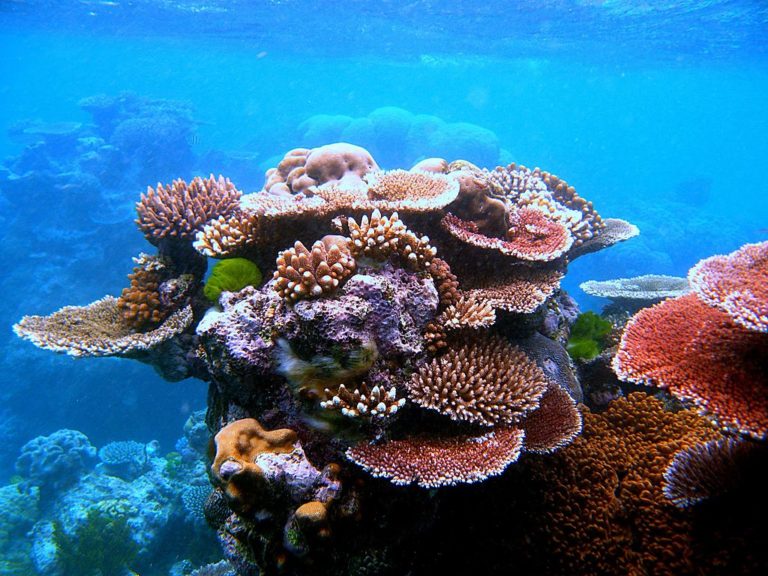YU newspaper
YU newspaper
The group in charge of caring for Australia’s Great Barrier Reef reports that the reef is going through its third “bleaching” event in five years. Record-setting ocean temperatures are threatening the health of this important underwater environment.
The Great Barrier Reef in the Pacific Ocean is the largest coral reef in the world. It runs for over 1,400 miles (2,300 kilometers) off the northeast coast of Australia. The reef is home to thousands of different forms of underwater life.
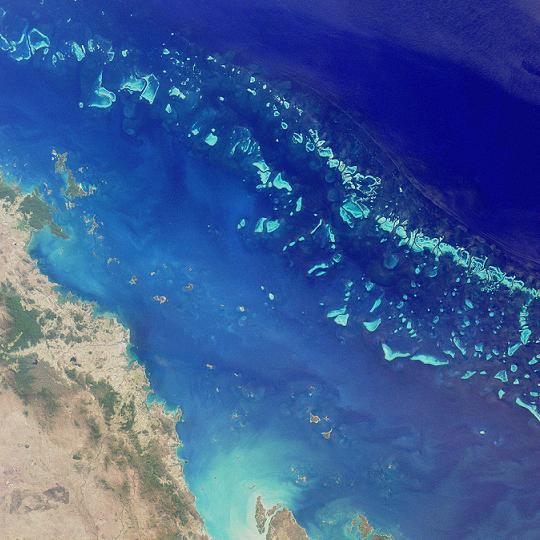
(Source: NASA, by MISR [Public domain], via Wikimedia Commons.)
As the temperature of the world’s oceans has increased in recent years, corals around the world have begun to die off. This is often called “coral bleaching” because sometimes the dying corals turn white.
The coral shapes we are used to seeing are built over a very long time by millions and millions of tiny coral animals. The large coral structures provide conditions that attract and support many other sea creatures.
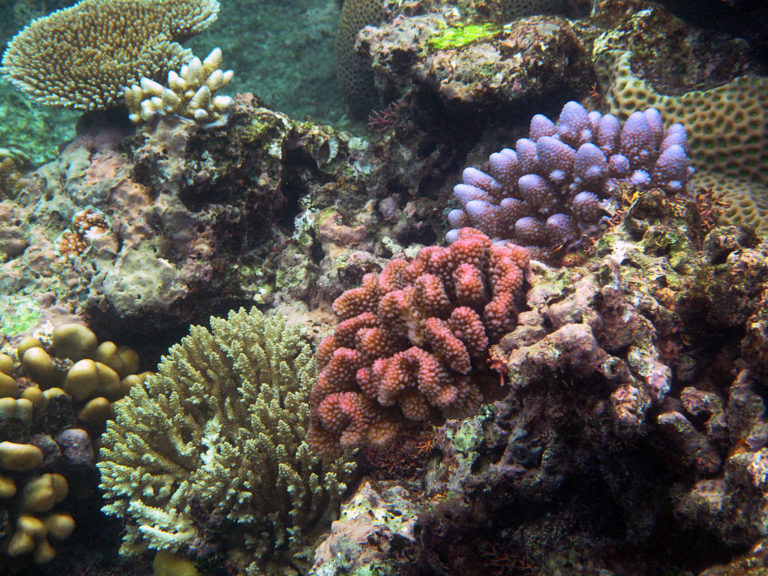
(Source: Steve Evans [CC BY], via Wikimedia Commons.)
So when corals die off, it’s not just about the corals. It’s also about the collection of creatures that live in and around them. The richness of all these different kinds of animals in the same place is very important to the health of oceans.
The Great Barrier Reef is also very important to Australia for other reasons. The tourists who visit the country every year to dive or fish on the Great Barrier Reef bring lots of money into the country and provide many jobs for the people who live there.
Most corals only grow in warm oceans. But when the oceans become too warm, the corals become stressed and have trouble adjusting to the temperatures. Though corals that have suffered bleaching can recover, if the damage is too serious, they will die.
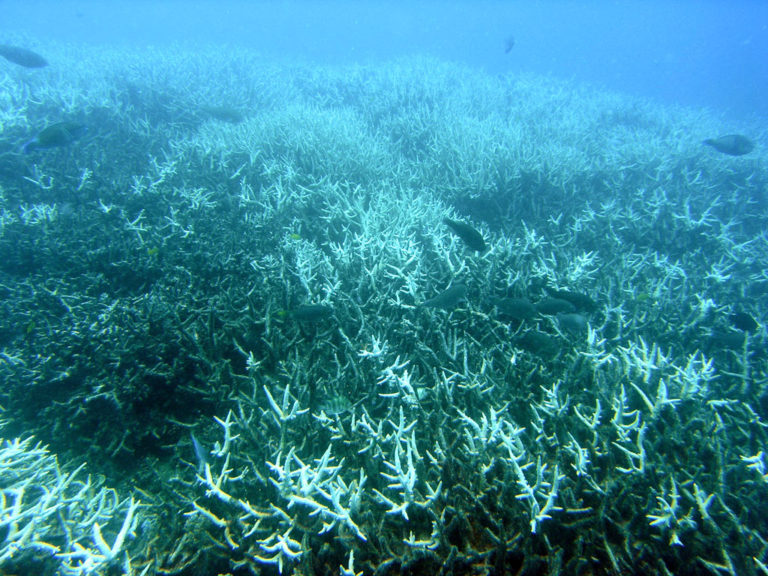
(Source: J. Roff/Acropora [CC BY-SA], via Wikimedia Commons.)
This February was the hottest month ever for the waters around the Great Barrier Reef. In some areas, ocean temperatures were as much as 5º Fahrenheit (2.8º Celsius) higher than average.
Similar bleaching events happened in 2016 and 2017, leaving large areas of the reef dead or nearly dead. Scientists worry that this third bleaching event in the last five years could make it much harder for some of the corals to bounce back.
The increased sea temperatures are part of a larger pattern in Australia, driven by global heating. Over the last year, the country has suffered from a severe drought and struggled to keep control during its worst bushfire season ever.
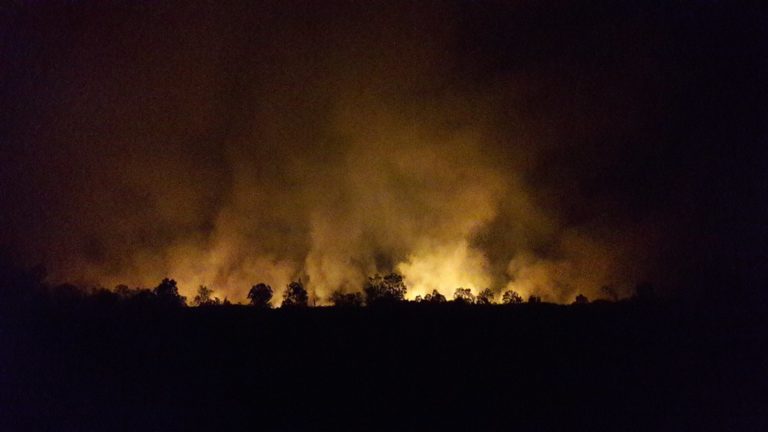
(Source: Blair Webster, Gary Danvers Collection, via Flickr.com.)
The most recent report on the reef was released by the Great Barrier Reef Marine Park Authority (GBRMPA), the government group in charge of looking after the reef. The group says that Australia is putting billions of dollars into improving the water quality in the area and trying to protect the reef from other threats.
Though local action can tackle some parts of the problem, the GBRMPA reports that the larger problem is still a global one. “Climate change remains the single greatest challenge to the Reef,” the group says.
